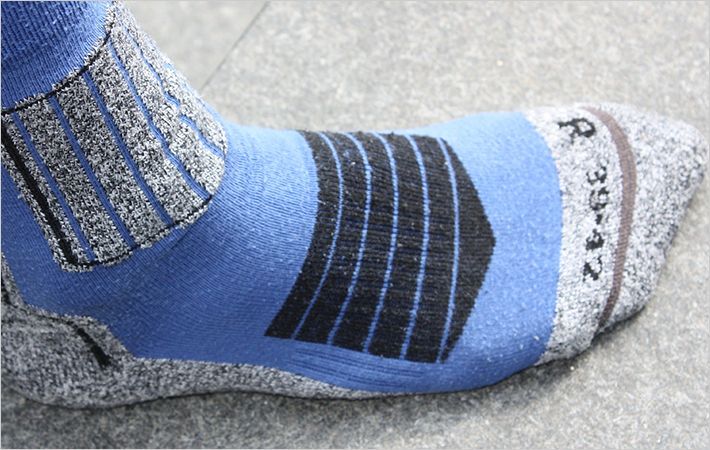Instead of through pigments, these ‘polymer opals’ get their colour from their internal structure alone, resulting in pure colour which does not run or fade.
The materials could be used to replace the toxic dyes used in the textile industry, or as a security application, making banknotes harder to forge. Additionally, the thin, flexible material changes colour when force is exerted on it, which could have potential use in sensing applications by indicating the amount of strain placed on the material.
The most intense colours in nature - such as those in butterfly wings, peacock feathers and opals – result from structural colour. While most of nature gets its colour through pigments, items displaying structural colour reflect light very strongly at certain wavelengths, resulting in colours which do not fade over time.
In collaboration with the DKI (now Fraunhofer Institute for Structural Durability and System Reliability) in Germany, researchers from the University of Cambridge have developed a synthetic material which has the same intensity of colour as a hard opal, but in a thin, flexible film.
Naturally-occurring opals are formed of silica spheres suspended in water. As the water evaporates, the spheres settle into layers, resulting in a hard, shiny stone. The polymer opals are formed using a similar principle, but instead of silica, they are constructed of spherical nanoparticles bonded to a rubber-like outer shell.
When the nanoparticles are bent around a curve, they are pushed into the correct position to make structural colour possible. The shell material forms an elastic matrix and the hard spheres become ordered into a durable, impact-resistant photonic crystal.
“Unlike natural opals, which appear multi-coloured as a result of silica spheres not settling in identical layers, the polymer opals consist of one preferred layer structure and so have a uniform colour,” said Professor Jeremy Baumberg of the Nanophotonics Group at the University’s Cavendish Laboratory, who is leading the development of the material.
Like natural opals, the internal structure of polymer opals causes diffraction of light, resulting in strong structural colour. The exact colour of the material is determined by the size of the spheres.

